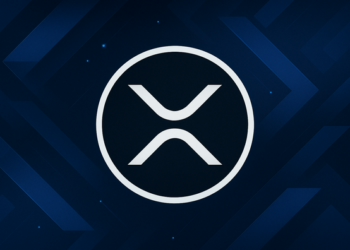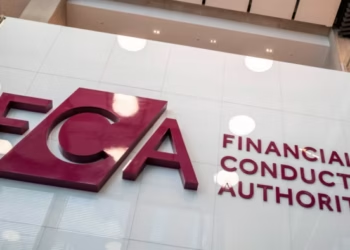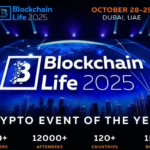HTX Research has published a new report forecasting a major wave of institutional adoption in DeFi as regulatory barriers in the U.S. ease and digital asset infrastructure matures.
Titled “The Technological Evolution and the Foundation of the Credit System Behind Institutional DeFi Summer,” the report positions HTX at the centre of this emerging trend.
According to the study, 2025 has marked a turning point in DeFi. Two major policy shifts —the repeal of the SEC’s SAB 121 and the passage of the GENIUS Act—have created a legal pathway for traditional financial institutions to participate in on-chain activity, including the issuance of stablecoins and the deployment of capital in DeFi protocols.
HTX Leads the Charge: Tech Sets the Stage for the Institutional DeFi Summer https://t.co/y6Lf1BDwXs pic.twitter.com/zv0Axka1Ou
— DigitalMore.co 📱ดิจิตอลมอร์ (@DigitalMoreco) June 26, 2025
HTX has responded by ramping up DeFi expansion, spotlighting its strategic listings, such as Spark (SPK), which is part of MakerDAO’s Endgame roadmap. The exchange has also backed Sui-based tokens like BLUE and CUTES, both of which have gained momentum post-listing. This comes amid a broader DeFi market upswing: UNI rose 31%, RAY 39%, and lending platforms AAVE and SNX posted double-digit gains. Oracle leader Chainlink (LINK) added 10% over the past week.
Beyond token performance, institutional use cases are gaining traction. U.S. investment bank Cantor Fitzgerald executed its first on-chain Bitcoin loan through Maple Finance, generating yields of 4–6%. Notably, Cantor’s CEO, Howard Lutnick, also serves as the U.S. Secretary of Commerce, underscoring the growing crossover between Washington and DeFi.
HTX Research identifies three major technical trends enabling this shift: on-chain credit scoring via decentralized identity platforms like 3Jane, collateralized loan obligations (CLOs) through Maple, and credit default swaps (CDS) integrated into protocols such as Aave and Opium. These instruments mirror traditional finance but offer more transparency and automation through smart contracts.
Notably, HTX Research identifies crypto credit and InfoFi—a new sector centred on financial data infrastructure as two fast-emerging verticals poised to drive the next major growth cycle in digital assets. These developments suggest that the future of DeFi will be increasingly shaped by institutional needs, technical sophistication, and policy-driven legitimacy.
If you want to read more news articles like this, visit DeFi Planet and follow us on Twitter, LinkedIn, Facebook, Instagram, and CoinMarketCap Community.
“Take control of your crypto portfolio with MARKETS PRO, DeFi Planet’s suite of analytics tools.”





















